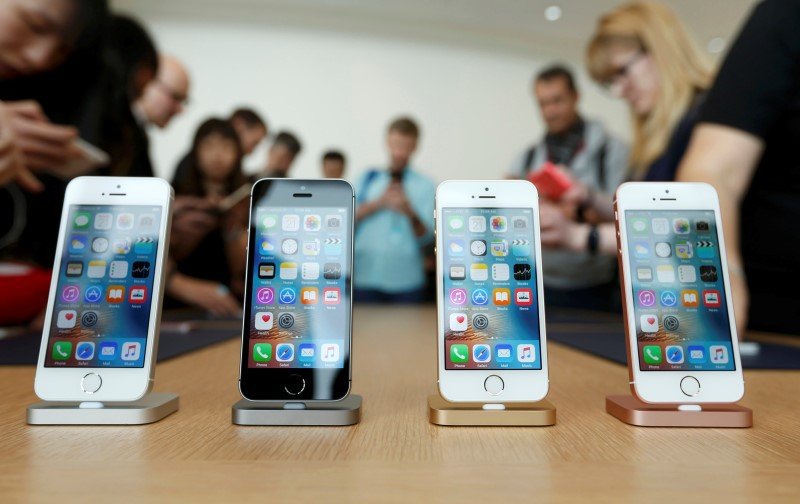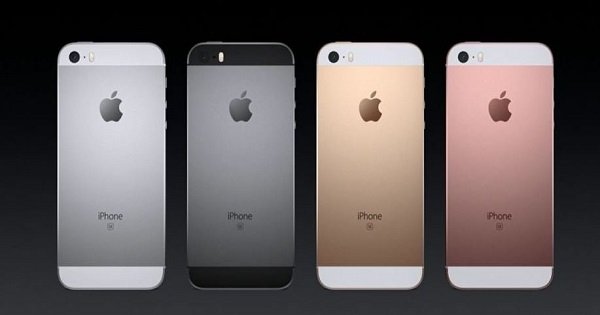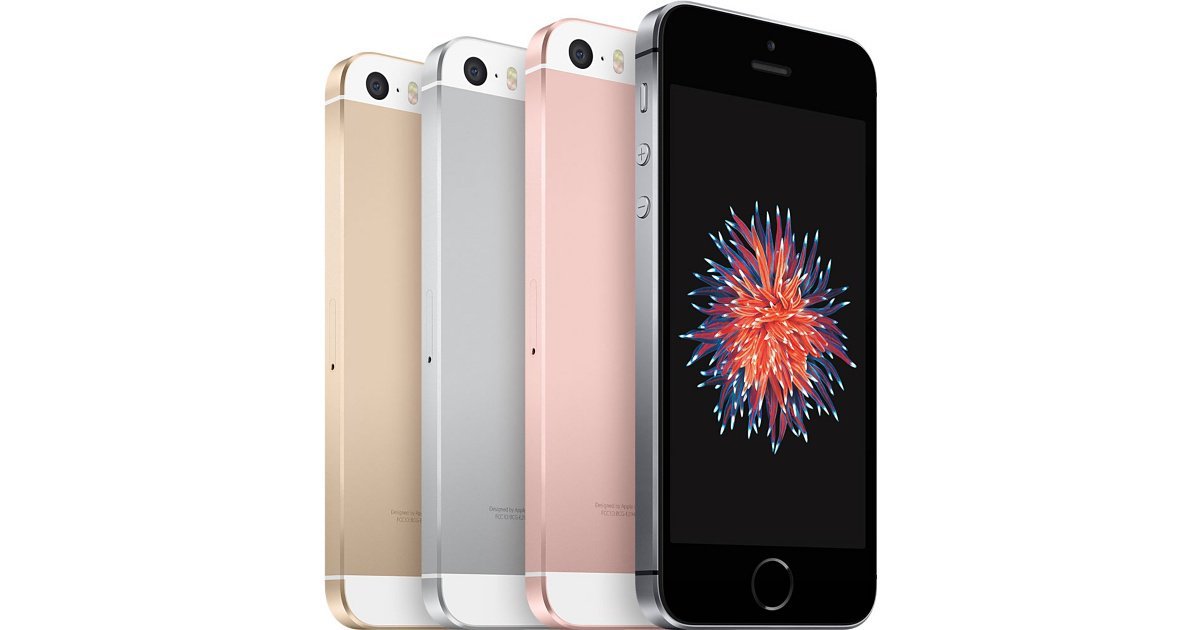After months of speculation, Apple has finally begun assembling its low-priced iPhone SE at its contract manufacturer’s plant in the technology hub of Bengaluru.
Cupertino, California-based Apple, is keen to boost its market share in one of the world’s fastest growing mobile phone markets as sales lag in Asian powerhouse China.

“We are beginning initial production of a small number of iPhone SE in Bengaluru. iPhone SE is the most popular and powerful phone with a 4-inch display in the world and we will begin shipping to domestic customers this month,” an Apple spokesperson said in a statement.
In February, Apple had said that its Taiwanese manufacturing partner Wistron Corp will assemble the iPhone SE in India by April-end or beginning of May.
But why the iPhone SE?
Apple’s move to start assembling iPhone SE initially might be because the company aims to boost its share in the ever-growing Indian market, where handsets far cheaper than Apple’s iPhones dominate.
Apple might be popular in India, but Samsung and a host of Chinese players including Xiaomi and Vivo dominate the smartphone market where the vast majority of phones sold are priced below Rs 15,000.

The iPhone SE launched in April 2016, was anticipated to be aimed at emerging markets, including India, as it was priced lower than all other iPhone models. It was Apple’s cheapest iPhone ever but still way more than expected in India with it retailing at Rs 39,000, far from the reach of potential buyers.
Currently, it is retailing for less than Rs. 30,000 in India but now that the company has started manufacturing here, prices may further go down.
Check out iPhone SE’s specifications:
- iPhone SE is basically dubbed as the iPhone 5s of 2013 with upgraded internals. The small 4-inch iPhone is a good mixture of the iPhone 6 and 6S but in a body resembling an iPhone 5.
- The only changes from the 5S include a slightly larger battery and a curved 2.5D glass like the iPhone 6.

- The phone is powered by A9 SoC and M9 coprocessor and has a M9 chip for fitness tracking and always-on “Hey Siri” support
- It sports the 8-megapixel rear camera and 1.2-megapixel front-facing camera of the iPhone 6
- Besides that it supports Live Photos, a feature that Apple introduced with iOS 9 two years back

















